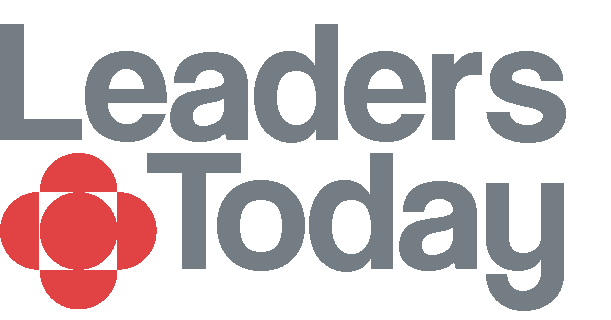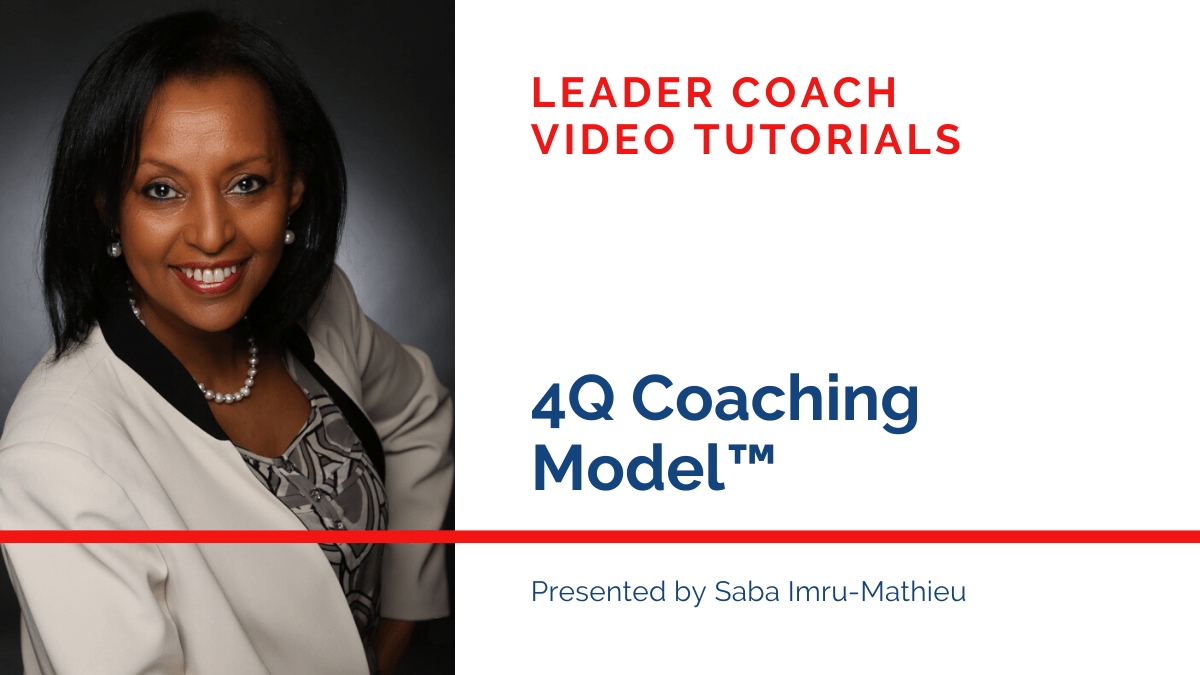Self-leadership, a buzz word or science?
Self-Leadership……. it sounds like just another management buzz word, doesn’t it? Actually, self-leadership is a very well-researched concept that proposes specific and practical cognitive strategies to improve personal effectiveness. It is a tested process by which individuals can learn to influence themselves to achieve their aspirations and objectives. Self-leadership theory is particularly interesting because it is prescriptive and provides concrete, specific strategies on exactly what to do to develop constructive mental habits, improve performance and create a fulfilling work life.
Many workplace problems are resolved by developing self-leadership skills. From increasing job satisfaction, tackling procrastination, developing a solution-focused approach, or consistently achieve goals.
At this stage most readers would want to know, is this useful for me? Is it worth reading this article? I would say Yes!
Often people plod on in a dissatisfying job and do not know how to change the situation. They might just work harder and harder, risking a burn out, or they might rely on external forces (the boss, the company, a stroke of good luck) to provide a solution. They are likely to underestimate the power they have to influence their own life and career, so…. if you’re looking to empower yourself, read on!
In this article, I describe the three main self-leadership cognitive strategies as developed by Charles Neck and his colleagues in their Theory of Self-Leadership. I then make parallels with coaching approaches and visit the concept from a coaching perspective. Finally, I briefly present the Leaders Today self-leadership model.
Origins of Self-Leadership Theory
The concept of self-leadership, expanding on previous theories of self-management, first emerged in the 1980’s in the work of Charles C. Manz (1983, 1986). Its conceptual foundations lie in social cognitive theory, self-determination theory and positive psychology. It has been further developed over the years by Manz himself and other renowned leadership scholars and practitioners including Christopher P. Neck, Jeffrey D. Houghton, Henry P. Sims and Ken Blanchard, who applies it through his Situational Leadership model.
The initial studies were conducted in the United States, under a Western lens. However, in a globalised world where many people are working in multicultural contexts, it was necessary to clarify and make sense of how self-leadership is understood across cultures. Research by José C. Galvez, who investigated self-leadership along Hofstede’s culture dimensions has been invaluable to determine how self-leadership strategies are applicable by people from different cultural horizons to provide excellent results across the board.
Discussions about self-leadership were first developed around the workplace, to investigate how people could influence themselves as a sort of pre-requisite to then influencing or leading others. It quickly became obvious that self-leadership strategies are powerful personal development tools irrespective of whether you lead others or not. Furthermore, they are beneficial in all aspects of life, not only in the professional sphere.
Self-leadership strategies
The Self-leadership model developed by Neck, Manz and Houghton (2017) consists of three categories of cognitive strategies as follows.
Constructive thought patterns
Developing constructive thought patterns is essential to implementing self-leadership. We know from different approaches in psychology, that our inner mental models determine what we perceive from the external world, how we think about it, what feelings are evoked, what behaviours we adopt and consequently, the results that we produce.
Much like in cognitive behavioural coaching, self-leadership strategies help to identify and replace limiting beliefs and assumptions, they tackle and transform dysfunctional thought patterns such as overgeneralising, always expecting the worst, all or nothing thinking, or systematically discounting the positive.
They also help you to work on your expectations, or imagined experiences, by focusing more on possible positive outcomes rather than speculating on hypothetical negative ones. Mental imagery is also widely used in coaching to visualise a future positive performance because it prepares the whole human system to the achievement of the desired successful result.
Finally, having constructive thought patterns leads you to improve on the quality of your inner dialogue, and transform it into positive self-talk. In coaching we acknowledge the inner critic, knowing that it is often the manifestation of fear or anxiety. The goal then is to reassure and pacify this function of our inner world and transform it into an inner helper instead.
Natural reward strategies
Self-leadership strategies harness the power of natural rewards, they help you do what you want to do, and especially find ways to like the tasks you wouldn’t usually enjoy. Charles Manz found that activities which are naturally rewarding are those over which we have control, that make us feel competent, that are somehow pleasant, and make us experience a sense of purpose. The idea is to modify our tasks by including more naturally rewarding aspects in them, for example you might identify what is the higher purpose of the task, what bigger picture it contributes to, or you can appreciate using the specific skills that you have to accomplish it, or you could improve the work space where you are undertaking the task.
Most activities have pleasant and less pleasant aspects. A powerful self-leadership strategy, which may sound simplistic at first, is to systematically choose to focus on even the smallest enjoyable aspect of a task, rather than focus on what you don’t like.
In coaching, several techniques are used to help the client see things from a different perspective, find the positive in the negative and generally develop a more optimistic outlook that will remove blockages and release the energy needed for taking action.
Behaviour-Focused strategies
A first group of behaviour-focused strategies are oriented towards the external world and include making adjustments to your environment to support any behavioural changes that you are working on. For example, if you are tackling a tendency towards procrastination, it’s important to remove distractions, and instead increase positive cues by creating a pleasant work space, placing physical objects as reminders and having the right resources near at hand.
The second group of behaviour-focused strategies operate at a deeper level on your inner world, to increase self-awareness, motivation, direction and proactiveness. They involve finding a sense of purpose by exploring your true aspirations, setting meaningful and achievable goals, observing yourself to monitor your progress. Lastly, there are specific behaviour-focused strategies to reward yourself when you accomplish even a small step ahead, and maybe more importantly to remove the rewards that encourage undesirable behaviour (of which we are generally not aware).
These strategies are reflected in most coaching processes which would start by helping an individual to define their vision or life purpose, identify a career course that matches it and devise an action plan to achieve it. This inside-out approach is typical in coaching, where we leverage the inner motivation of clients to energize them towards taking action.
Self-leadership from a coaching perspective and the Leaders Today model
Coaching is generally understood to be a non-directive approach in which learning occurs by stimulating the client to reflect on herself and find new perspectives to view the world. The aim of coaching is to cause a change of some sort by creating the conditions for the client to achieve their goals. Coaching thus starts with a client who wants something (a concrete objective, or an inner transformation or both), and continues through a process during which the client is increasingly empowered, so that they can autonomously achieve their goal.
Many of the strategies of self-leadership are also used in coaching, where we call them approaches, or tools. Although coaching has built its own body of knowledge in the last 20 years, it has its origins in diverse disciplines such as psychology, management, sports and philosophy which explains why we share some of the foundations of self-leadership theory.
From a coaching perspective, we would more explicitly highlight the importance of developing self-confidence, and provide tools to this effect, including acknowledging one’s strengths and leveraging past successes and developing self-coaching strategies.
Coaching is both a holistic and a systemic practice, so clients are viewed as a whole (body, mind and emotions), and also within the wider system of their personal and professional environment. In this sense, the development of self-leadership skills consists of not only the cognitive but also the emotional and somatic dimensions of the individual. This means enhancing emotional self-management, working on body language and techniques for dealing with stress. A coaching approach also includes tools that help the client interact successfully with the system they work in. This entails reinforcing assertiveness, honing communication skills, developing the ability to influence others in a positive way and enhancing leadership presence, or the way we show up authentically and authoritatively.
The Leaders Today model for developing self-leadership skills thus consists of four stages which can be worked on cyclically:
- Vision – be strategic and proactive in choosing and pursuing your direction
- Confidence – strengthen your self-confidence and positive outlook
- Presence – enhance your leadership presence and show-up
- Influence – communicate with others for win-win outcomes
Self-leadership is crucial for leaders at all levels. We integrate self-leadershp as a key development area in all our coaching programs, and we conduct workshops on Self-leadership for a wider group of professionals.
To know more about how to develop self-leadership contact us here: contact@leaderstoday.co
References
- Alves, José C.; Lovelace, Kathi J., Manz; Charles C.; Matsypura; Dmytro; Toyasaki, Fuminori; Ke, Grace; 2006, “A cross‐cultural perspective of self‐leadership” , Journal of Managerial Psychology Vol. 21 No. 4, pp. 338-359.
- Cox, Elaine; Bachkirova, Tatiana; Clutterbuck, David; (Eds), 2014, “The Complete Handbook of Coaching “, SAGE Publications.
- Manz, Charles C., 1986, “Self-Leadership: Toward an Expanded Theory of Self-Influence Processes in Organizations” , Academy of Management Review, Vol. 11, No. 3, pp. 585-600.
- Neck, Christopher P.; Houghton, Jeffry D. 2006, “Two decades of self‐leadership theory and research: Past developments, present trends, and future possibilities” , Journal of Managerial Psychology, Vol. 21 No. 4, pp. 270-295.
- Neck, Christopher P.; Manz, Charles C.; Houghton, Jeffry D., 2016, “Self-Leadership – The Definitive Guide to Personal Excellence” , SAGE Publications.
©2018 Saba Imru-Mathieu, Founding Partner, Leaders Today









